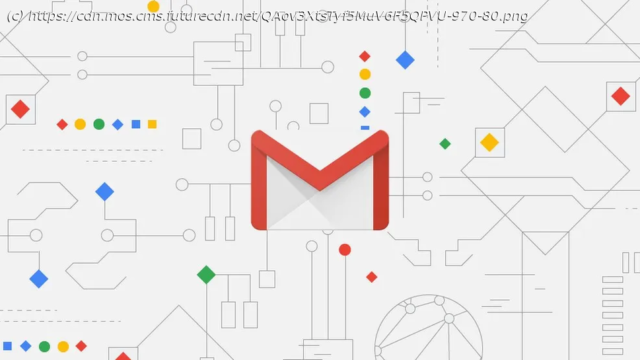Google and Yahoo are tackling spam with new rules for bulk emails
From keeping in touch with friends to sealing important business deals, email has long been a cornerstone of communication in the digital age. However, spam and shady emails have been a thorn in our side for too long, and email service providers share the plight.
In response, Google and Yahoo have introduced new policies aimed at controlling spam and enhancing email security and overall experience. So, in a bit, we’ll explore the ins and outs of these policy changes, uncover why they were implemented, analyze how they affect email senders across the board, and provide some practical advice on how to adjust to the shifting email environment.
By understanding and embracing these changes, you can fortify their email accounts, bolster security, and enjoy smoother, safer communication.So, what has changed?
Starting in February 2024, Gmail and Yahoo introduced new regulations for bulk email senders, focusing on authentication, unsubscribe options, as well as spam complaint rates.
In short, Gmail’s updates demand stricter email authentication, easier ways to unsubscribe, and a crackdown on spam complaints. It’s all part of a joint effort to boost email security and clamp down on spam, phishing, and impersonation threats. Yahoo’s onboard too, though they’re a bit hazy on the spam complaint side. These changes signal a united front to make emailing safer and more secure for everyone.Bulk email senders: What are they?
To put it simply, a bulk email sender is a special software that lets you send the same message to lots of people all at once — let’s say around 5,000 or more. You can think of it as a way to easily spread the word about things like newsletters, promotions, or other messages you want to share with a bunch of folks.
Google’s recent email guidelines raise questions about who falls into the category of bulk sender. Originally labeled as «bulk sender guidelines,» Google later clarified the term to «email sender guidelines.» Still, the concept of bulk senders remains significant.New authentication requirements for bulk senders
One of the core pillars of the new policies is email authentication, which helps verify the legitimacy of senders and prevents domain spoofing. So, let’s talk about the new authentication requirements for bulk email senders.
From now on, bulk senders are required to implement robust authentication mechanisms, including Sender Policy Framework (SPF), DomainKeys Identified Mail (DKIM), and Domain-based Message Authentication (DMARC), to ensure the integrity and security of their emails. In this combo, SPF helps prevent someone from faking your email domain, DKIM adds a digital signature to confirm the sender’s identity, and DMARC helps domain owners manage authentication failures. By proving their emails are real, senders can be confident their emails get delivered, earn trust from readers, and lower the chances of phishing.
Both Google and Yahoo mandate that bulk senders implement all three mechanisms which helps ensure emails are secure and protected from unauthorized access.
Домой
United States
USA — software Google and Yahoo have changed their policy, here's what you need to...






